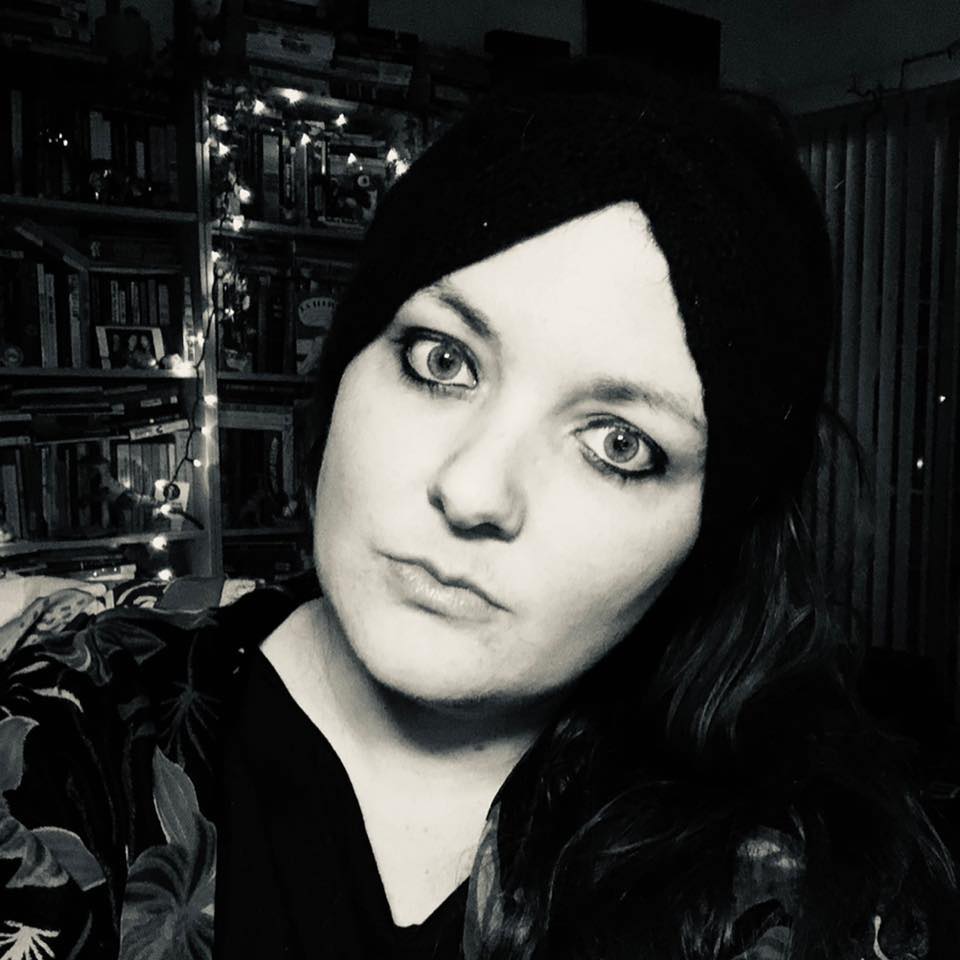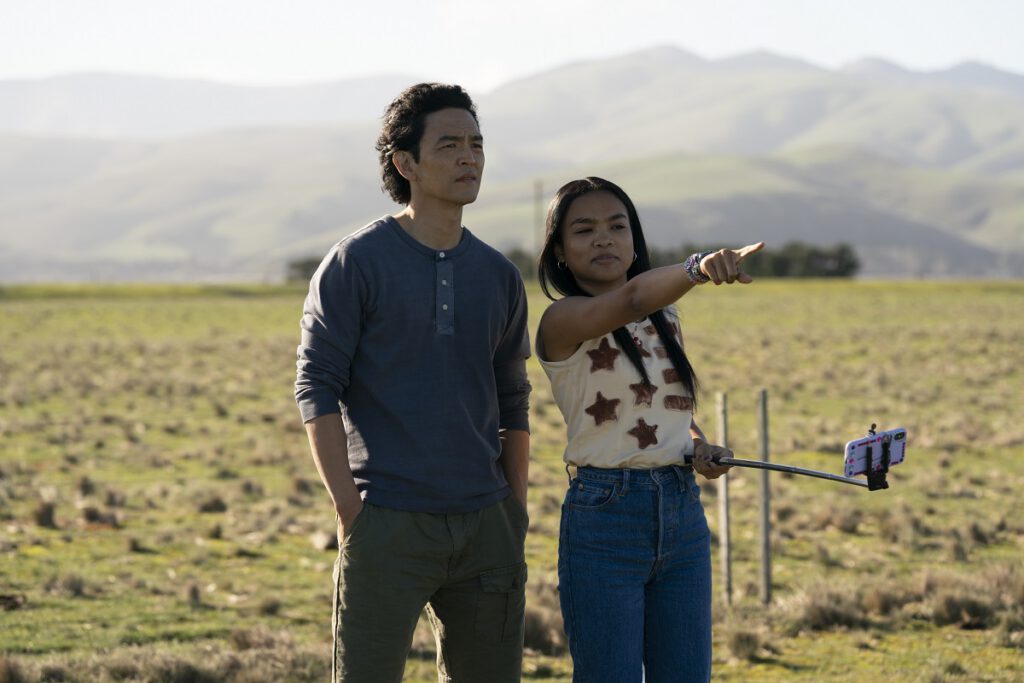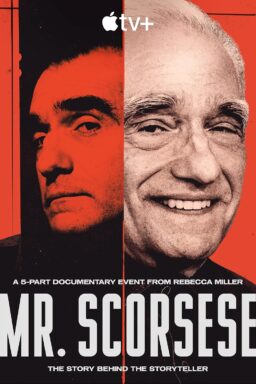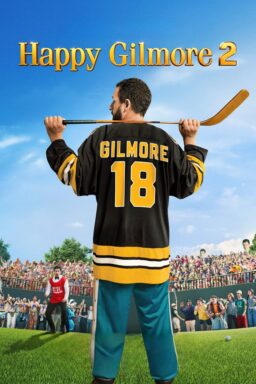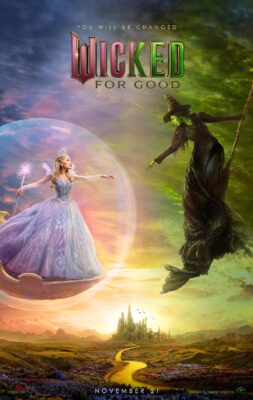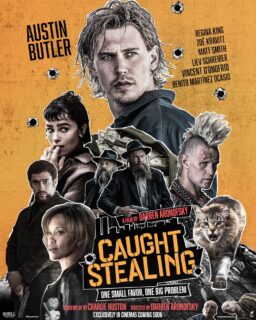Based on a 2012 Black List script by Vera Herbert, Hannah Marks‘ “Don't Make Me Go” tells of a single father named Max (John Cho) who has recently been diagnosed with a terminal disease. Without informing his daughter Wally (newcomer Mia Isaac), he decides to take her on a road trip from California to New Orleans for his 20th college reunion, but also to seek out her estranged mother Nicole (Jen Van Epps).
Like her previous film “Mark, Mary & Some Other People,” director Hannah Marks seeks stories that give her an opportunity to put her own twist on genre tropes. Part road trip, part father-daughter story, part coming-of-age, “Don’t Make Me Go” is mostly a two-hander between John Cho and Mia Isaac, in her first lead role. The easy chemistry between the two carries the film through its several tonal shifts, settling somewhere between “Paper Moon” and “Terms of Endearment.”
RogerEbert.com spoke to Marks and Isaac about working with John Cho, filming an American road trip movie in New Zealand, and the importance of cherishing your family.
This is your first film where you didn’t co-write or write the screenplay. How different was that process for you in making this film?
HANNAH MARKS: It’s very different. But it’s exciting and just a different way. I like having an outside perspective on the material and getting to collaborate with the team and also play around with improv. And that, you know, thankfully, we were lucky that everyone was game for that type of collaboration. Because otherwise it would be really hard to direct something that I didn’t write if I didn’t feel like a certain amount of ownership over it. But Vera Herbert is just so talented, and really was already writing in a style that I enjoyed. So that was nice.

You really feel the chemistry between the leads of your films. Mia, when you were cast, did you do a chemistry test with John Cho?
MIA ISAAC: When I auditioned I think there were like five rounds; five or six. The last one was a chemistry read with John. I’d never done a chemistry read before. That was the farthest I’ve ever gotten in an audition. So I was really, really nervous. But even through the Zoom read, I felt really close to John. I felt that there was something there, which I think was really great considering it was over the computer.
HM: You could tell just immediately between them that they had chemistry and an affection for each other in the reading of the scenes.
What do you look for as a storyteller? What kind of stories are you trying to tell?
HM: I don’t go out of my way to subvert tropes, but I think the stories I’m drawn to are the ones that feel like something’s classic that we’ve seen, but there’s a bit of a spin on it, or there’s a new perspective on it that isn’t usually tackled on film. So for “Mark, Mary & Some Other People,” it was about exploring an open relationship that fails miserably. For this one, it was about telling a father-daughter story. While that could seem conventional, there’s not really a ton of father-daughter stories out there. It felt like a fresh opportunity to do something specific but still universal.
With John Cho’s character, I love that we get to see him sing. How much of that was scripted?
HM: It was always scripted that he wanted to be a musician and used to be a singer. When we were researching who we wanted to cast for Max, I was a big John Cho fan and I found out that he also had a daughter and was in a band. So it seemed like there were some parallels there. I listened to his singing on YouTube from his old band and it just felt perfect. But I didn’t know he could do the falsetto or like the kind of Justin Timberlake-esque style that he does in this movie. He was just terrific. It wasn’t always Iggy Pop. It was originally Tom Petty, which we could not afford.
Was it “Free Fallin’”?
HM: “I Won’t Back Down.”
That’s a great song.
HM: I always secretly wanted it to be “The Passenger.” so I ended up getting my way, but just because of budgetary restraints.

The last time we chatted, we talked about how you filmed “Mark, Mary & Some Other People” in LA right before lockdown and how you captured something that’s not there anymore. You made this film in the midst of the pandemic in New Zealand. Did you feel a big difference in filming this time around and were there any creative things that came out of the restrictions?
HM: Absolutely. We filmed in New Zealand because there were zero cases of COVID there and John Cho was also living there at the time. So we felt really safe and I was lucky with “Mark, Mary,” we felt really safe because the pandemic was still one month away, so we didn’t know. It was very, very safe. I was still masked up and in the whole PPE gear out of precaution. I didn’t want to bring COVID to an entire country.
But the limitations actually were helpful in some ways. For example, Max’s car in the movie is this vintage Wagoneer and originally it was supposed to be a modern Toyota: safe, exactly what you’d expect a lower middle class dad to drive. Then in New Zealand, left hand drive cars are illegal there. There’s a loophole if it’s from a certain year, then you can have a left hand drive car. So that was how we ended up with the vintage Wagoneer, which really became kind of a character in the movie.
How did you shoot the driving lesson scenes?
HM: It was a very different process than what you would do in America.
MI: There were a lot of different things. I mean, what I really loved is that we made it, well … Hannah wanted to make it as real as possible. So there was no green screen driving or anything like that. It was all on the actual road, I had a driving double for the scenes where you can see the full car. But in the scenes where you see our faces, we had a stunt driver on top of the car and like a pod that was attached to that car. So he was actually driving the car. And then it made the inside of the car not workable. So I can move the steering wheel, but it wouldn’t actually move the car.
HM: But it was actually driving, so she could swerve. She could do all the stunts because there was someone doing it for her on top. But she was in the car the whole time. It was really cool. It’s not very commonly used. It was used in “Baby Driver” and other car heavy movies. But we would have never been able to afford it in America. There was only one in New Zealand available, so we got really lucky with that.
The film’s road trip takes place down I-10 or something through the Southwest. How did you find locations in New Zealand to match the locale?
HM: New Zealand was extremely hard because they don’t have as many roads as we do. They only have one highway and we weren’t allowed to use it. So it was incredibly tricky to do an American road trip movie that took place in the summer while filming during New Zealand’s winter. We did the best we could. We only had three hours to shoot on the highway. That was all we were allowed, because obviously you’re derailing an entire country if it’s the only highway. So we cut down the number of highway scenes. I think originally there were probably 12 highway scenes. We changed it to two highway scenes, and then the rest of them we set at a gas station or parked or pulling over into the motel. That sort of thing.
Were all those real vintage motels that were still around?
HM: Yeah, we didn’t do any stage work. I’m usually all about being authentic and really putting them on the road, really putting them in authentic locations. I just feel like I can always tell when something’s on a stage.
MI: Even during the night set in Texas and being on an actual silo and being up so high, instead of trying to pretend it was that high.
HM: Yeah. There was a lot of talk of just putting you guys on the ground and then making it seem like you were up high.
MI: But being up there made it feel so much more real as an actor.
HM: I was just annoyed by the harnesses. Lots of retouching of harnesses.
What’s the process of building a silo like that? Does it stay after you’re done?
HM: I think they air lifted it out, but I’m not sure. I am not really involved in the aftermath of what was built. For the actors I just wanted it to feel real.

New Zealand must have a pretty big film industry in terms of hiring local crew?
HM: Yeah, we had a local cast and crew. That was also a new experience, because it’s my first time coming into a movie and not knowing anyone. Mia got there and didn’t know anyone. We hadn’t met yet. None of us had met. We were in quarantine, and we came out and just started shooting and everyone didn’t know each other yet.
MI: What was really great about the Kiwi crew was that everyone that was working on “Don’t Make Me Go” was working on it because they really wanted to, because they were also filming “Lord of the Rings.” A lot of people were going to that, but the people that worked on this film it was because they read the script, and they really loved the story.
HM: Everyone was so helpful in trying to make it look like America. There are so many strange things that you wouldn’t expect that were un-American. Like the doorknobs are higher there. Things like that. They were also collaborative and helped us get it to a more American looking place.
Mia, this was your first feature.
MI: Yes, it was.
Do you have a memory from it you think you’ll always cherish?
MI: Definitely the first day of shooting really felt surreal for me. It was my 17th birthday and so it just felt like a really, really, really special birthday gift to be there in New Zealand. At first, I was scared, but it was really, really special. We started in the house with just Max and Wally, which was really nice, because it set the stage for the rest of the movie. That was my favorite memory.
That sounds like a great birthday.
MI: Better than 16. I was in quarantine by myself.
HM: Seventeen you were in New Zealand as the lead of a movie.
MI: So much better.
You said this was the furthest you’ve gotten through in the casting process. What was that process like for you?
MI: Yeah. It was the farthest I’ve ever gotten. I really didn’t read the script until maybe my second round. So after I had already auditioned for it a little bit. After I met with Hannah, I read the script. When I read it, I just immediately connected to Wally. It felt like we were at the same place in our lives. I was 16 when I was auditioning, and she was going on 16. I really loved her relationship with Max. I’m really close to my parents. It brought out an emotional reaction in me that I wasn’t really expecting. Then when I finished it, I got really scared because when you care about something, you get scared. So I just, I really, really wanted to be a part of it, because I loved it so much. That made me even more nervous for the coming auditions. But it was really great. Hannah was very supportive through the whole process. It felt like we were already friends. She talked a little bit like I’d already gotten the role.
HM: I couldn’t help myself. I wasn’t supposed to talk like that. But in my head, Mia was always the first choice. And you never seemed nervous. I know you were nervous, but your nerves manifest as joy and happiness, which is great. Some people’s nerves go internal. I feel like yours go external, which is so special to watch because your nerves only elevate you.
How did you build up to a big shift towards the end of the film?
HM: I liked that there were really subtle seeds planted throughout the movie. Things that felt like they could be teenage anxiety or teenage panic attacks, but yet it was a symptom of something much larger. I think that the shift really speaks to the themes of the movie, which are that you can’t control everything. You have to be present and live your life to the fullest. We don’t know what’s going to happen. Ultimately became a more empowering movie for Wally, because the shift showed that Wally was the one teaching her father instead of the other way around.
MI: I mean, I think that a lot of people are gonna have different reactions to the ending. I think that’s because people have an idea in their head of how it is supposed to go. That things are supposed to be wrapped up in a really neat bow and that they try to give meaning to the ending in that someone’s supposed to learn a lesson or that there is something to be taken from it. But I think my favorite part about the ending is just that it shows that life is messy. And it’s not always going to go as planned. What I loved about it, is there is no like, Oh, this is how it was supposed to be. Sometimes things just happen and you can’t control it. There’s no meaning to it. There’s no, This was meant to be so you can learn this. Sometimes things are just shitty and you have to deal with them and move forward. That’s what I’ve loved about it.
HM: I also love bittersweet endings. I loved that it was a bold choice. Like it’s definitely the most divisive part of the movie, but I liked that it was doing something different with the genre. I think between that big shift and the opening of being on a nude beach and starting a father-daughter story with a bunch of naked people and dicks is also a very bold way to start this type of movie. Just in general I was drawn to those big choices.
MI: I’m just now realizing, but I think like the way that it’s set up, there’s no possible way that you can be happy with the ending, because from the very beginning the set up is that Max could die or he could live. You could say, oh, if he dies, you’re gonna be sad because he dies because it was kind of brought up in the beginning. But if he lives, you’re like, this is too happy of an ending. What was the point?
HM: It would be anticlimactic.
How do you hope people feel at the end of the film?
HM: I’m hoping it won’t be just sad. I don’t like movies that are depressing. I wanted there to still be an element that was uplifting and hopeful and optimistic. That even in the worst of times, life goes on and you can still find happiness and joy even if it’s in the face of trauma or grief.
MI: When I watched it for the first time, I watched it with both my parents and immediately after we just cried and hugged each other and I hope that’s what other people do when they watch it.
HM: Cherish your relationships.
“Don’t Make Me Go” is now streaming on Prime Video.
